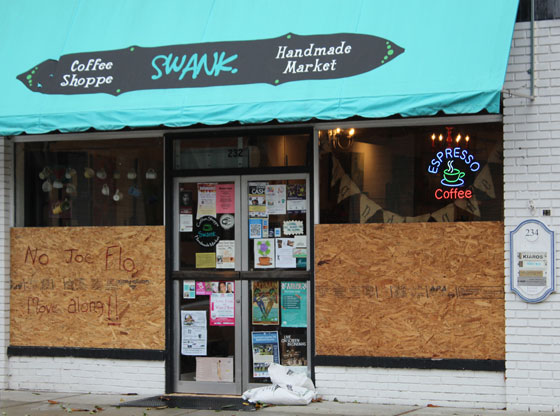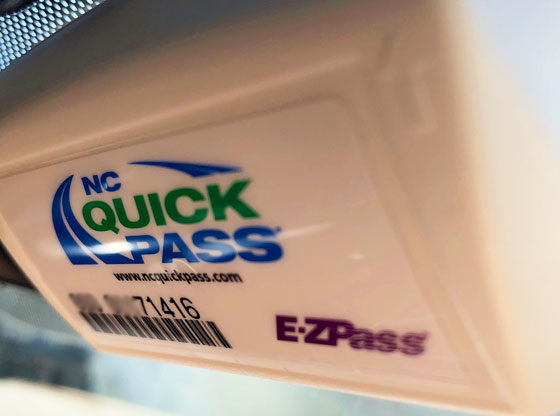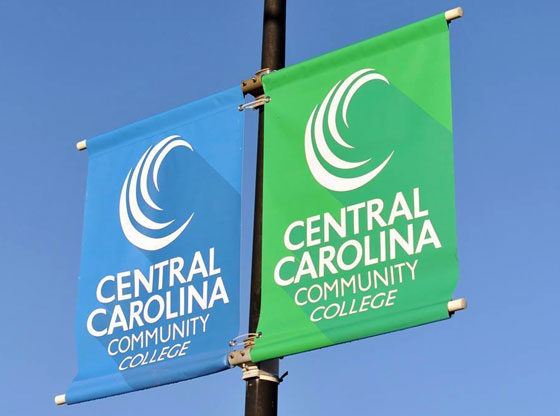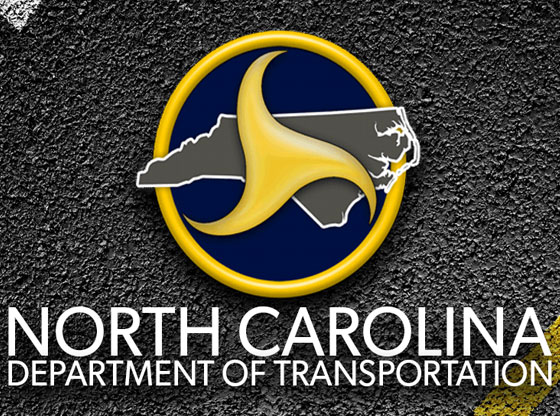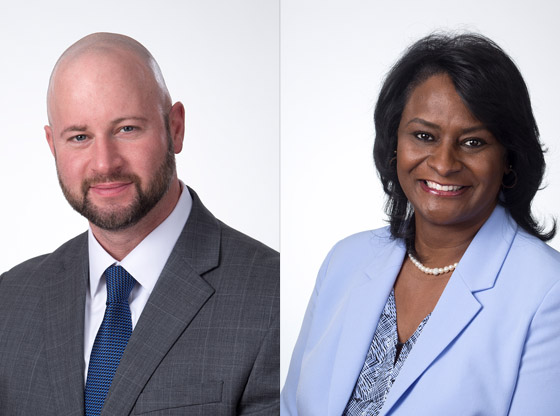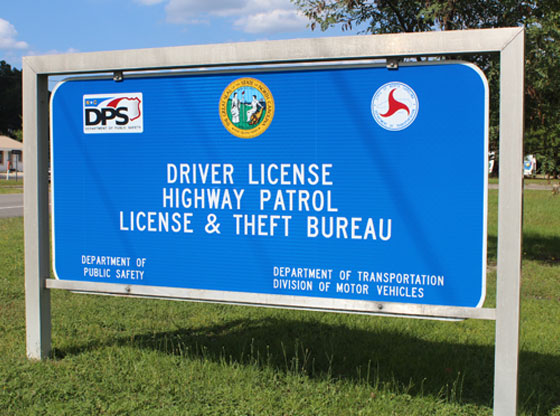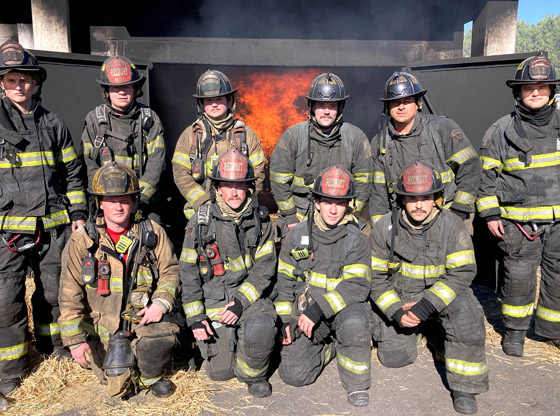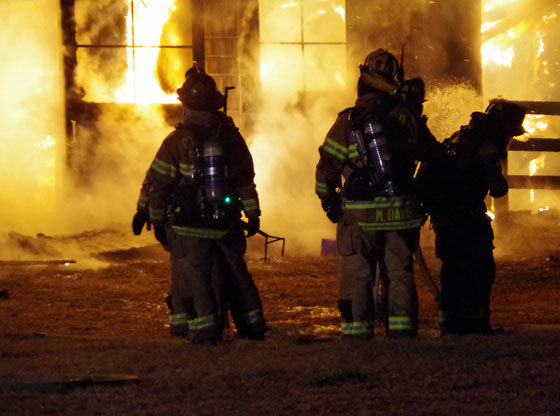Two months after the federal disaster declaration for Hurricane Florence, more than $869 million in state and federal funds has been provided directly to North Carolinians to aid in their recovery.
The funds include grants from FEMA, payouts from the National Flood Insurance Program and low-interest disaster loans from the U.S. Small Business Administration.
“We’re working hard to get North Carolinians the help they need to recover from this devastating storm, and I appreciate our federal and local partners, volunteers, and all of the organizations that are working with us to rebuild North Carolina smarter and stronger,” said Gov. Roy Cooper.
Among the assistance provided by the federal government:
• $114.3 million in state and federal grants approved for homeowners and renters.
• $465.2 million in estimated claims paid to NFIP policyholders.
• $290 million in SBA low-interest disaster loans approved for 7,260 homeowners, renters and business owners.
“FEMA is part of a team of federal, state and local government agencies who assist in recovery, but ordinary people are also important team members,” said Federal Coordinating Officer Albie Lewis, who oversees FEMA’s operations in the state. “North Carolinians have pitched in to help their neighbors, and both local voluntary agencies and those from other states have played a critical role in getting us to this point.”
Other updates and signs of recovery include:
• 32,088 North Carolinians have been approved for housing assistance grants. Of those, 18,804 homeowners and renters received temporary rental assistance.
• 88 eligible households have been licensed in to occupy travel trailers and manufactured housing units. Direct Temporary Housing Assistance is available in 13 counties: Bladen, Brunswick, Carteret, Columbus, Craven, Duplin, Jones, Lenoir, Onslow, Pamlico, Pender, New Hanover and Robeson.
• $19.5 million in grants have been approved to help homeowners and renters replace personal property, for medical and dental expenses, moving and storage fees and other serious disaster-related expenses not covered by insurance or other sources.
• The joint state/FEMA Disaster Recovery Centers have assisted 32,455 visitors. The centers serve as one-stop shops for hurricane survivors who need one-on-one help from federal and state government agencies, as well as other organizations active in disasters. Survivors can visit any center for assistance. To find center locations and hours, go to fema.gov/DRC.
• Teams of Disaster Survivor Assistance crews have visited 100,374 homes in storm-damaged communities, registered 4,782 survivors and made 4,774 case updates and inquiries.
• FEMA inspectors have completed 99 percent of 97,449 assigned home inspections as part of the process of determining whether applicants are eligible for assistance. If an applicant’s home was inaccessible at the time of FEMA registration—but is now accessible—the applicant should call FEMA or visit any recovery center for a status update.
• More than$125 million in food assistance has been issued through the Disaster Supplemental Nutrition Assistance Program. This includes more than 204,000 people who received a supplement to their existing Food and Nutrition Services benefits and more than 515,000 people who were not already receiving help through the FNS program. Registration for D-SNAP is now closed.
• 1,422 households have received a single $500 payment for cleaning and removing contaminated floor coverings through Clean and Removal Assistance, totaling $711,000.
Survivors whose homes are not safe, sanitary or accessible, and who do not have insurance may register for assistance:
• Go online to DisasterAssistance.gov or DisasterAssistance.gov in Spanish.
• Call the disaster assistance helpline at 800-621-3362 or 800-462-7585 (TTY) anytime from 7 a.m. to 11 p.m. local time seven days a week until further notice. Multilingual operators are available.
• Visit a disaster recovery center. Find an open center online at fema.gov/DRC, download the FEMA mobile app in English or FEMA mobile app in Spanish, or the ReadyNC app. An in-person American Sign Language interpreter is available by calling or texting 202-655-8824. If possible, please allow 24 hours to schedule an interpreter.
The deadline to register with FEMA, as well as apply for direct disaster loans from the SBA as a result of Hurricane Florence has been extended to Thursday, Dec. 13, 2018.
The 34 North Carolina counties designated for Individual Assistance are: Anson, Beaufort, Bladen, Brunswick, Carteret, Chatham, Columbus, Craven, Cumberland, Duplin, Durham, Greene, Guilford, Harnett, Hoke, Hyde, Johnston, Jones, Lee, Lenoir, Moore, New Hanover, Onslow, Orange, Pamlico, Pender, Pitt, Richmond, Robeson, Sampson, Scotland, Union, Wayne and Wilson.
Feature photo: Swank Coffee, located in Southern Pines, prepares for Hurricane Florence by boarding windows.
contributed


